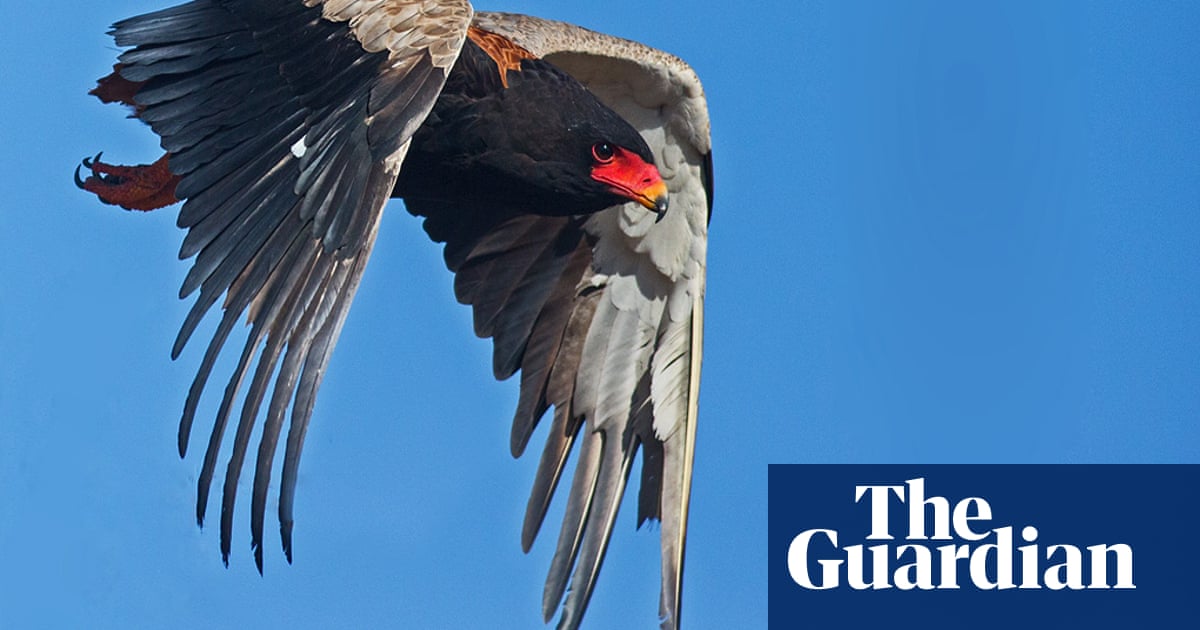
Conifer plantations, which are being expanded around the UK to combat the climate crisis and foster biodiversity, are in danger of hurting one of the key species they were thought to protect: red squirrels.
The threatened red squirrels, driven to near-extinction over most of the UK by grey squirrel incursion, were thought to thrive in conifer habitats as the food sources in such forests tend to be limited to small seeded cones, which red squirrels are better at exploiting than the more generalist grey squirrels. That should mean conifer plantations prove better for red squirrels than greys.
But new research upends that perception by highlighting the role of pine martens. These native predators were until recently, like the red squirrel, in short supply. Recovery in their numbers has shown that pine martens are generally good for red squirrel populations, at least in native broadleaf woodlands, because they suppress the numbers of grey squirrels.
The research, published in Proceedings of the Royal Society B, found this was not true in conifer plantations, where pine martens lack diverse sources of food and prey on red squirrels instead, turning them from a protector to a threat.
To conduct the research, scientists from Queen’s University Belfast and the University of St Andrews, with Ulster Wildlife and the help of citizen scientists, used camera traps to survey more than 700 sites across Northern Ireland over a five-year period, looking for red squirrels, grey squirrels and pine martens.
Dr Joshua Twining, lead author of the research, from Queen’s University in Belfast, explained the findings: “In natural woodland, there are diverse amounts of prey, and lots of refuges for squirrels, so red squirrels don’t get predated all that much. But in conifer plantations, where a single species is planted and of uniform age there is very little biodiversity or alternate prey, and an absence of refuges, so pine martens will eat red squirrels to survive here.”
He said the research suggested that woodland managers should reconsider whether conifer plantations should be preferred over native broadleaf trees. “We need to adapt our strategy: if we keep planting conifer plantations, as opposed to native woodland, this saviour of the red squirrel may cause its decline in certain locations,” he warned. About three-quarters of the forested area of the UK and Ireland is made up of non-native timber plantations, of species such as the sitka spruce, according to the researchers.
Conifer plantations were already a cause of concern to ecologists, as they tend to be monocultures, are often harvested after a few decades, and may provide less diversity than native broadleaf species. But government planting schemes in the UK and Ireland have tended to favour conifers, which are easier to plant and harvest.
A spokesperson for the UK Department for Environment, Food and Rural Affairs said: “We are committed to taking action to recover our threatened native species in England, such as the red squirrel. The planting of coniferous trees in England is at a low level, with our Nature for Climate Fund focusing on the establishment of native broadleaf woodlands at a large scale. Alongside our England Trees Action Plan, this will support the recovery of native red squirrel populations across the country.”












